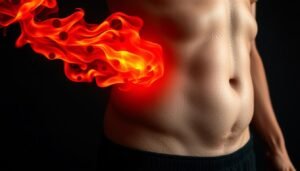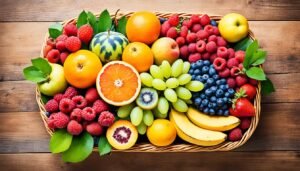Get our FREE E-Book HERE - 120 TIPS for Losing Weight & Bonus Tips for Postpartum Weight Loss & Dad’s Postpartum Experience
32 Best Tips to Lose Weight based on Scientific Evidence

Table of Contents
Introduction to the 32 Best Tips to Lose Weight
Looking to lose weight effectively and sustainably? You’re in the right place. We’ve combined a list of the 32 best tips to Lose Weight and reach your weight loss goals. From diet to exercise and mental well-being, we’ve got you covered. Let’s dive right in.
Hey there! So, you’ve decided to start on a cool journey toward losing weight – that’s awesome! It’s a path filled with new learnings, a few challenges, and lots of high-fives along the way. But with so much advice flying around, things can get a bit mixed up. No sweat, we’ve got you covered! We’ve gathered 32 super simple tips to help you on this adventure towards a healthier you.
Our list of 32 tips is like your helpful buddy, giving you straightforward food advice, fun workout ideas, and easy lifestyle changes. These tips are all about making small changes that will help you lose weight and feel great. It’s not just about saying goodbye to those extra pounds, but hello to a more energetic and happy you!
Whether you’re just starting out or looking to keep the momentum going, these 32 tips are here to make things easier. They break down the whole weight loss thing into small, doable steps, so you can enjoy the journey and celebrate your wins along the way. With these handy tips, you’re not just losing weight; you’re gaining a bunch of good vibes and self-confidence. So, let’s dive into these 32 easy tips for losing weight, and kickstart a journey full of health, fun, and lots of positive vibes!
Part 1: Dietary Approaches
1. Caloric Deficit
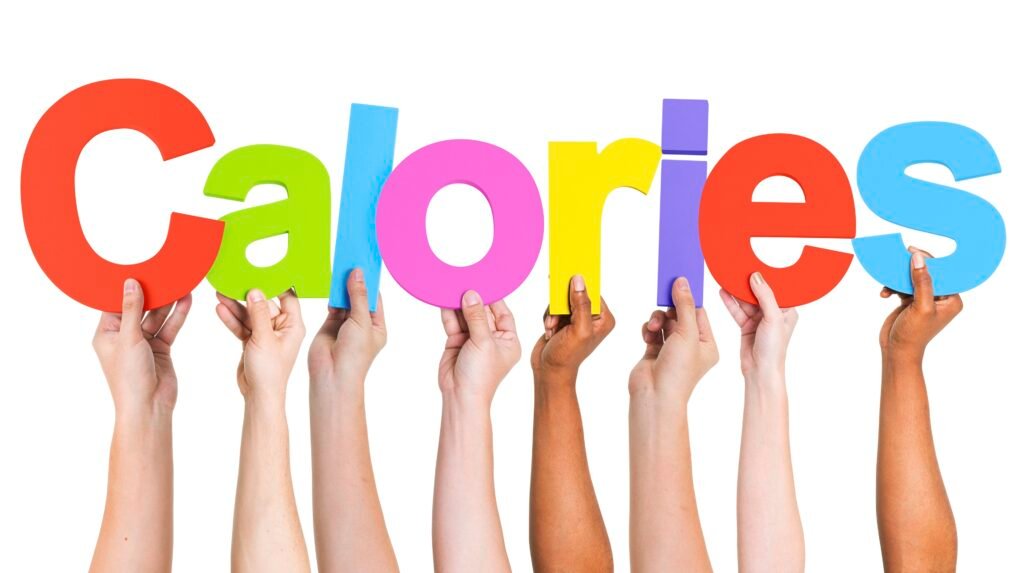
The first of the 32 best tips to lose weight is related to calories. The foundational principle of weight loss is to consume fewer calories than you burn. Studies suggest that you need a deficit of about 3,500 calories to lose one pound of body weight. Reducing daily caloric intake by 500 to 1,000 calories can result in a safe weight loss of 1–2 pounds per week. This approach is often discussed in publications by the National Institutes of Health.
2. High-Protein Diet:
Consuming more protein-rich foods like lean meats, fish, and legumes can help you feel full longer, thereby reducing overall caloric intake. Protein also helps in muscle preservation during weight loss, contributing to a higher metabolic rate. The American Journal of Clinical Nutrition (1, 2) has published studies confirming these effects. It has been also shown (3) that in some instances where people follow a high protein, they eat over 400 fewer calories.
3. Low-Carb Diet:
Diets that restrict carbohydrates often lead to quicker initial weight loss, primarily due to loss of water weight. Long-term effectiveness varies, but it generally helps in reducing appetite (4) and therefore calorie intake and also by limiting food options. According to some studies (5, 6), people who followed a low-carb diet lost weight up to three times faster than people who followed a low-fat diet.
4. Fiber Intake:
Foods high in fiber like fruits, vegetables, and whole grains help you feel full for longer durations. This is because fiber causes the stomach to delay emptying (7, 8, 9) , and activate the release of satiety hormones. Fiber also aids in digestion and can help manage blood sugar levels, making it a crucial part of a weight loss diet. Several forms of fibers can provide food for the good bacteria in the gut (10, 11,12). A lower risk of obesity has been associated with having healthy gut bacteria.
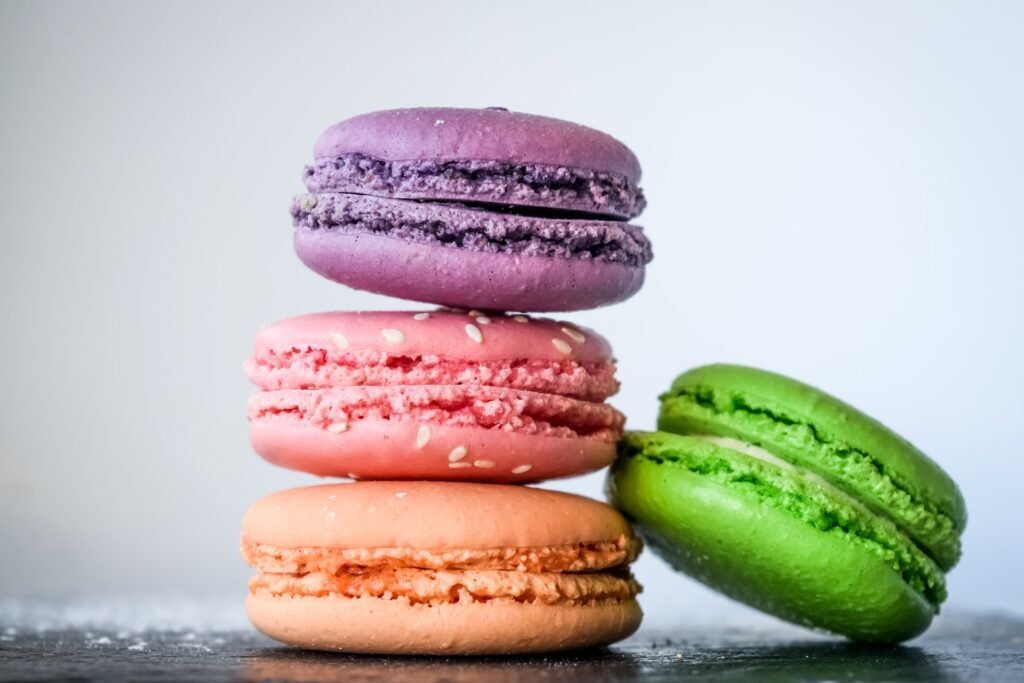
5. Limit Sugar and Processed Foods:
Foods high in sugar and processed foods are calorie-dense and usually low in nutritional value. They can cause blood sugar spikes, leading to more fat storage and hunger pangs later on. In addition, processed food is made to be more addictive than unprocessed foods and are more likely to make someone eat as much as possible (13).
Let’s continue with our list of the 32 Best Tips to Lose Weight!
6. Mediterranean Diet:

This diet focuses on fruits, vegetables, whole grains, fish, and olive oil. It is associated not just with weight management but also with lower risks of many chronic diseases. The New England Journal of Medicine has published studies supporting its benefits for weight management.
7. Intermittent Fasting (14):
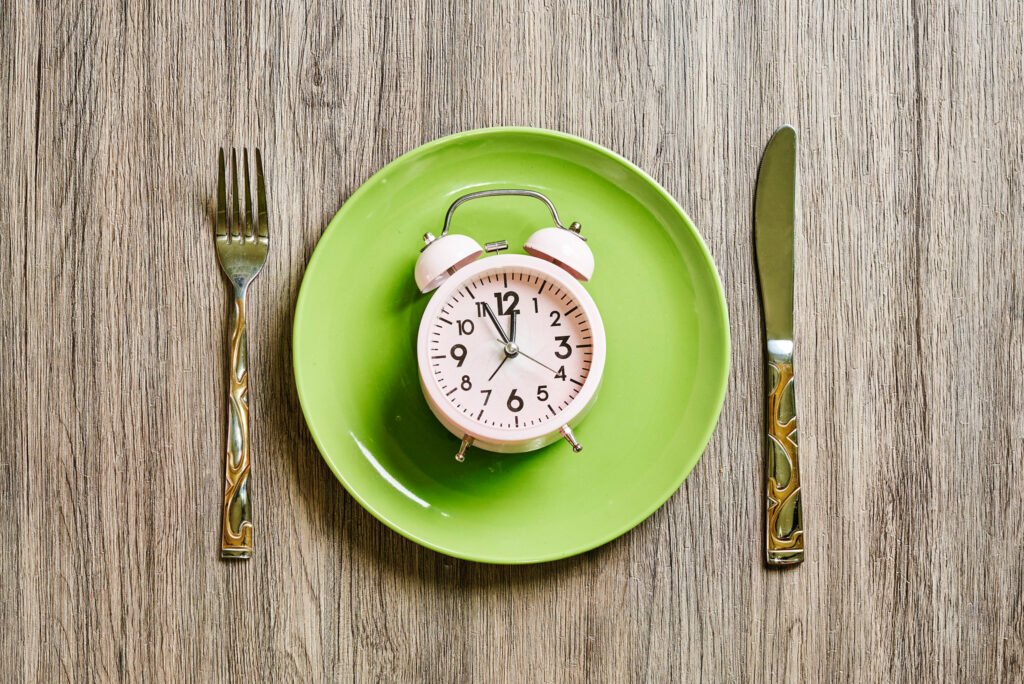
This strategy involves cycles of eating and fasting. Intermittent fasting approaches like the 16/8 method (16 hours of fasting followed by an 8-hour eating window) have been shown to be effective in weight loss and metabolic health improvements. Typically, these approaches naturally reduce your overall caloric intake without requiring you to actively count calories during the times you eat. This is expected to result in weight loss and also offer various other health advantages.
8. Consume Whey Protein:
Even though most people receive enough protein from their diet, there are those who don’t get enough for various reasons. A whey protein supplement is a good way to get those missing amounts of protein. It has been shown that if you replace part of your calorie intake with whey protein, you are more likely to lose weight and, at the same time, gain muscle mass.
Part 2: Physical Activity and Lifestyle Changes
9. Aerobic Exercise:
Running, swimming, and cycling are forms of cardio that increase heart rate, improve lung capacity, and burn a significant number of calories. Cardio has been shown (15,16) to cardiovascular risk factors. Cardio seems to be effective at reducing visceral fat, that is the fat that builds up around your organs.(17, 18)
Let’s continue with our list of the 32 Best Tips to Lose Weight!
10. Strength Training:

Lifting weights or bodyweight exercises like push-ups and pull-ups help in building muscle mass. Muscle tissue burns more calories at rest compared to fat tissue, thereby increasing your resting metabolic rate. One particular study in the Current Sports Medine Reports is titled “Resistance training is medicine”.
Part 3: More Physical Activity and Lifestyle Changes
11. High-Intensity Interval Training (HIIT):

This involves short bursts of intense exercise followed by brief rest periods. HIIT can burn a lot of calories in a short period and increase metabolic rate even after the workout is over.
12. Walking:
Though low-impact, walking can still be effective, especially for beginners or those unable to participate in higher-impact exercises. Walking just 30 minutes a day has been shown to contribute to weight loss and metabolic health, often discussed in publications like Medicine & Science in Sports & Exercise.
13. Yoga and Mindfulness:
While not a high-calorie-burning activity, yoga can help improve mindfulness, which can be beneficial for weight loss by making you more aware of what you eat. Meta-analysis on this can be found in the Journal of Preventive Medicine.
14. Sleep Quality:

Lack of sleep can disrupt the balance of hunger-regulating hormones like leptin and ghrelin, leading to increased appetite and weight gain. Studies have shown that people who suffer from lack of quality sleep are over 50% more likely to become obese.
15. Stress Management:
Stress can induce emotional eating, particularly of high-calorie comfort foods. Managing stress through techniques like deep-breathing exercises or hobbies can help in weight loss.
16. Stay Hydrated:
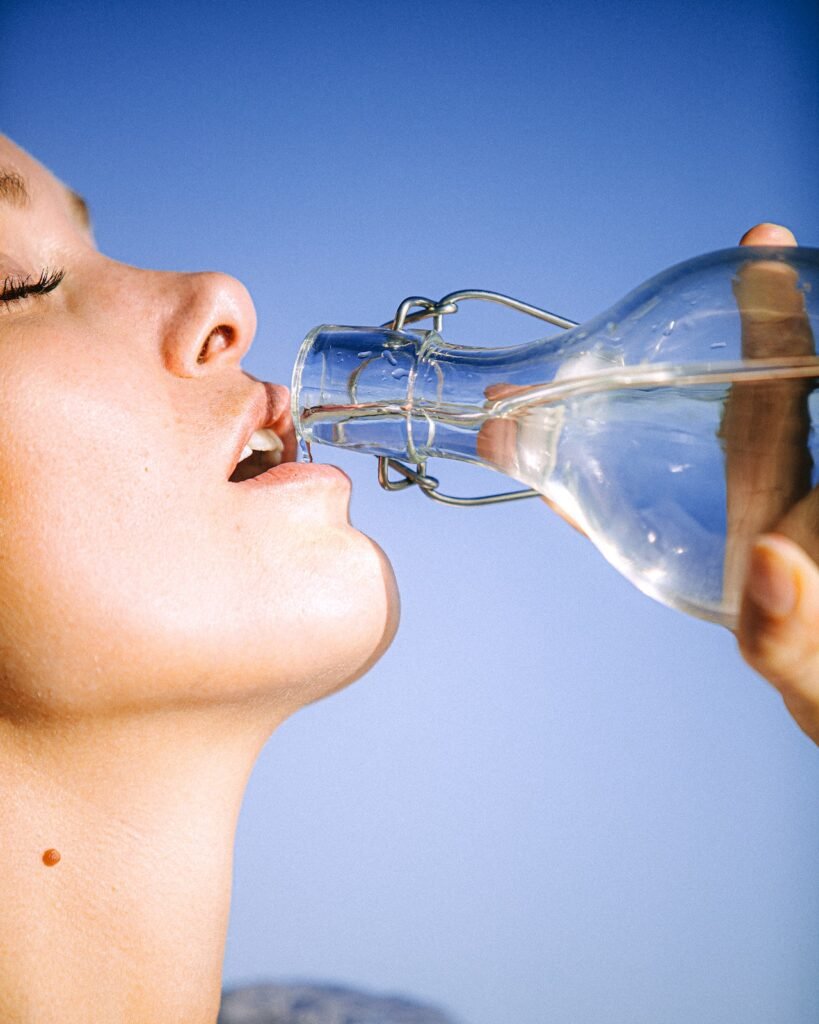
We are halfway in our list of the 32 best tips to lose weight. Water can help you feel full, especially if consumed before meals, and may slightly increase metabolism. The common belief that consuming water can aid in weight loss is true. After consuming 0.5 liters (17 oz) of water, you may burn an additional 24% to 30% more calories for the next hour (19, 20, 21). For middle-aged and older people, drinking water prior to meals may also help them (22, 23) consume fewer calories. When water is substituted for other beverages that are high in calories and sugar, weight loss benefits are more obvious (24, 25).
Let’s continue with our list of the 32 Best Tips to Lose Weight!
We are halfway through.
17. Avoid Alcohol:
Alcoholic drinks are calorie-dense and can also impair judgment, leading to poorer food choices. Cutting back on alcohol can thus aid weight loss. The American Journal of Preventive Medicine is a good source for studies on this subject. After all, alcoholic drinks are often referred to as “empty” calories, meaning that these calories contain a small amount of nutrients.
Part 4: Behavioral Approaches
18. Meal Planning:
Planning meals in advance helps in making healthier food choices and sticking to a calorie budget. This practice is widely supported in nutrition literature. Sometimes when you haven’t prepared
19. Food Journaling:
Keeping track of what you eat can make you more accountable and aware of your eating habits, contributing to weight loss. There’s research to support this in journals like the Journal of the Academy of Nutrition and Dietetics
20. Mindful Eating:
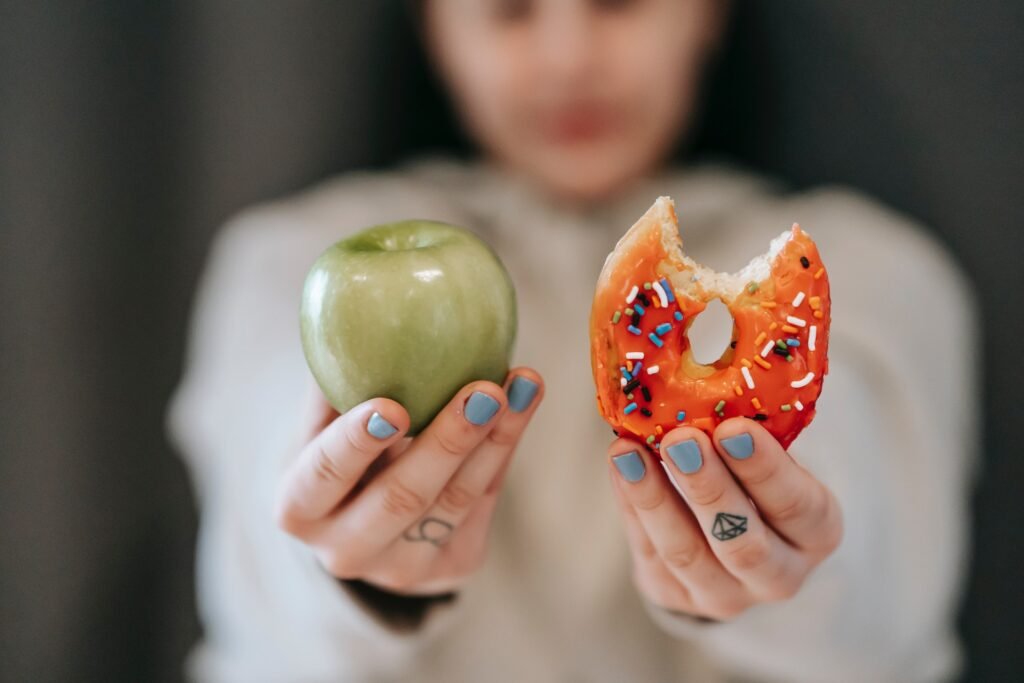
Paying close attention to what and when you eat can help reduce mindless snacking and emotional eating. This practice has been studied and supported in various journals, including Eating Behaviors.(26, 27, 28)
Let’s continue with our list of the 32 Best Tips to Lose Weight!
Part 5: More Behavioral Approaches and Professional Help
21. Use of Technology:

Apps and wearable devices that track physical activity, caloric intake, and other metrics can be beneficial for weight loss. Publications like the Journal of Medical Internet Research often study the effectiveness of these tools
22. Cognitive Behavioral Therapy (CBT):
This psychological approach can help in addressing the root causes of emotional eating and poor dietary habits, thereby aiding weight loss.
23. Prescription Medication:
In certain cases, medication may be prescribed to aid weight loss, usually when lifestyle changes have proven insufficient and the person is at risk of health complications. Any use of medication should be strictly under medical supervision. Source: Journal of the American Medical Association.
24. Surgical Interventions:
For severe obesity cases where lifestyle changes and medications are ineffective, surgical methods like bariatric surgery may be considered. These procedures have their own set of risks and benefits, as discussed in studies published in The American Journal of Surgery.
Part 6: Miscellaneous Approaches
25. Spice it Up:

Certain spices like cayenne pepper contain capsaicin, which can slightly increase metabolic rate and fat oxidation. Studies (29, 30) have been shown to prove this.
26. Green Tea:

Rich in antioxidants and known for its metabolism-boosting properties, green tea can be a healthy addition to a weight loss regimen.
27. Smaller Plates:
Using smaller plates (31, 32) can give the perception of a fuller meal with fewer calories, aiding in portion control. It seems that it is more likely that one will fill their plate, no matter how big or small the plate is, so if you are using a larger plate, you will end up consuming more food.
28. Avoid Eating Eat Often:
Meals at restaurants and fast-food joints are usually high in calories. Preparing meals at home gives you control over ingredients and portion sizes. This is generally supported by numerous nutritional studies.
29. Reduce Liquid Calories:
Sugary drinks, like sodas and fruit juices, are high in calories and low in nutrients. Eliminating these can significantly reduce daily caloric intake. Research on this topic often appears in the Journal of the Academy of Nutrition and Dietetics.(33, 34). It has been shown that these drinks can increase the risk of obesity, especially in children.
30. Eat Slowly:
Eating slowly can improve satiety and reduce calorie intake during meals. This is because it takes time for the brain to receive the signal that the stomach is full. The practice is supported by studies in journals like the American Journal of Clinical Nutrition. People who consume their food fast, are more likely to become obese, compared to those who eat more slowly.
31. Mind the Glycemic Index:
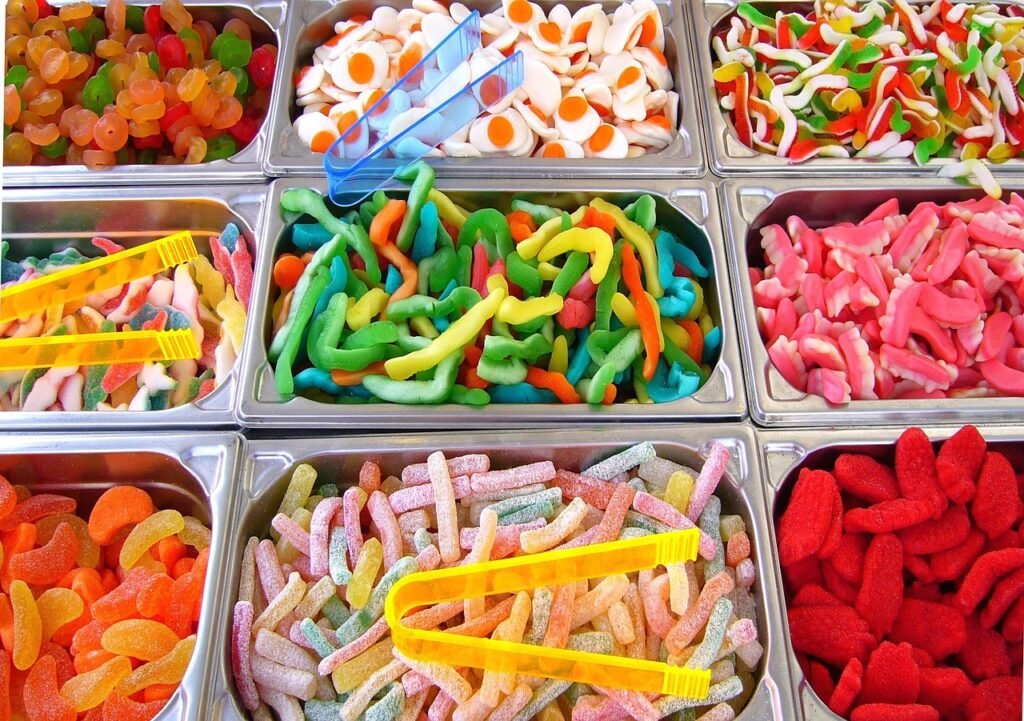
Foods with a low glycemic index are digested more slowly, which can help control blood sugar levels and reduce hunger. This concept is widely studied and generally supported in nutritional science literature.
32. Nutrient Timing:

Eating most of your calories during the daytime, when you’re most active, can aid weight loss by aligning with your body’s circadian rhythm. Studies in journals like Current Opinion in Biotechnology have explored this area.
Conclusion
And there you have it here are the 32 best tips to lose weight. Weight loss is a difficult process that can require a variety of ways. What works for one person may not work for another, so experimenting with different tactics to determine what works best for you may be worthwhile. Always seek personalized medical advice from healthcare professionals.

